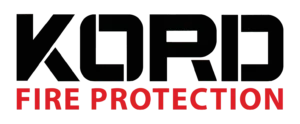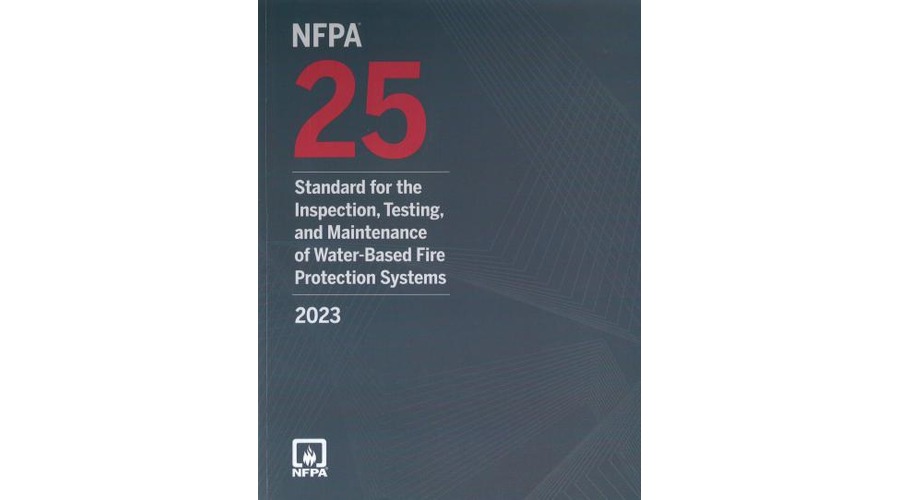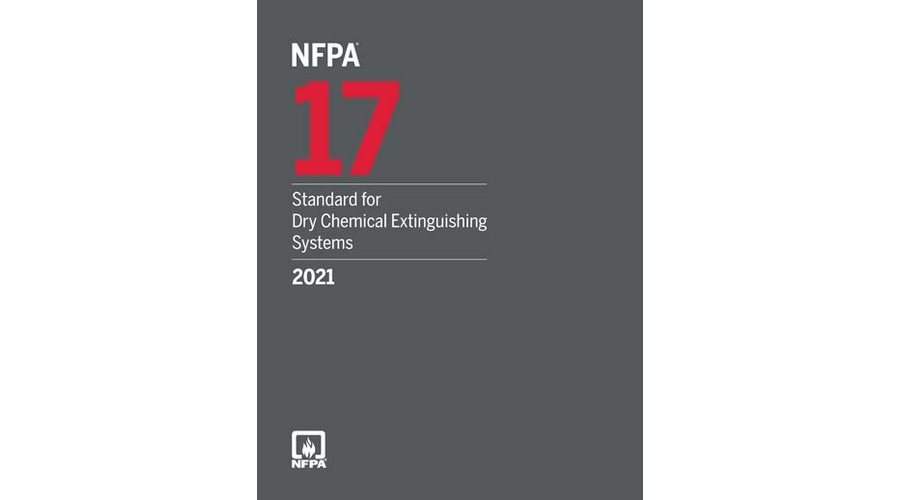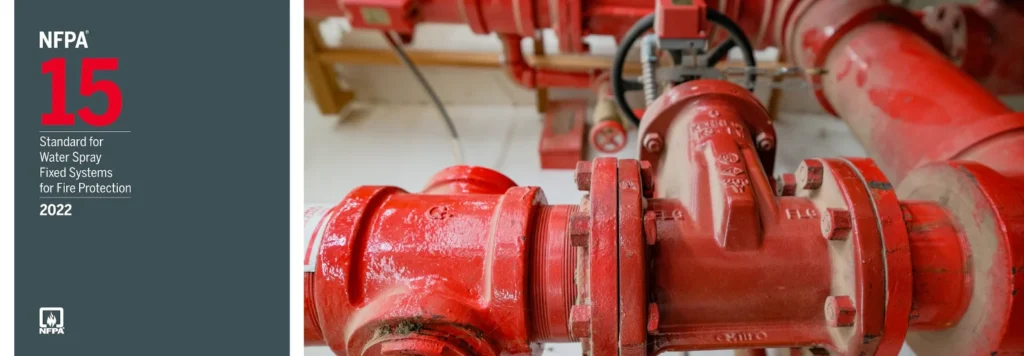

Essential Guide to a Fire Sprinkler: Protecting Your Property and Ensuring Safety
Introduction
In today’s world, fire safety is more crucial than ever. One of the most effective ways to protect your property and loved ones from the devastating effects of fire is through the installation of a Fire Sprinkler System. This article delves into the importance of fire sprinklers, how they work, and why they are a smart investment for any building.
What is a Fire Sprinkler System?
A fire sprinkler system is a network of pipes and sprinklers designed to detect and suppress fires automatically. When a fire is detected, the system releases water to control or extinguish the flames, minimizing damage and allowing time for safe evacuation.
How Fire Sprinkler Systems Work?
Fire sprinklers operate using a combination of heat-sensitive components and water distribution. Here’s a breakdown of the process:
- Detection: Fire sprinklers have heat-sensitive elements that activate when exposed to high temperatures. Typically, this is achieved through a glass bulb filled with a heat-sensitive liquid or a fusible link.
- Activation: Once the temperature around the sprinkler head reaches a certain level (usually between 155°F and 165°F), the glass bulb breaks or the fusible link melts. This triggers the sprinkler to open.
- Water Dispensation: The sprinkler head opens, allowing water to flow through the pipes and be dispersed in a specific pattern over the affected area. The design ensures that water covers a large area to control the spread of the fire.
- Containment: By controlling the fire’s spread. Sprinklers help prevent it from escalating and causing more extensive damage, giving occupants more time to evacuate and emergency responders more time to arrive.
Types of Sprinkler Systems
Understanding the different types of sprinkler systems can help you choose the best option for your needs:
- Wet Pipe Systems: The most common type, these systems keep water in the pipes at all times. When a sprinkler activates, water is immediately discharged. This type is suitable for environments where the temperature is consistently above freezing.
- Dry Pipe Systems: These systems are filled with pressurized air or nitrogen. Which keeps the water out of the pipes until a sprinkler activates. This type is ideal for unheated areas or places where freezing temperatures are a concern.
- Pre-Action Systems: These systems combine elements of wet and dry pipe systems. They require a two-step process to release water, which reduces the risk of accidental discharge. They are often used in areas with valuable equipment or sensitive operations.
- Deluge Systems: Featuring open sprinklers, these systems release water from all nozzles simultaneously when activated. They are commonly used in high-hazard areas where a rapid response is needed.


Key Regulations and Testing Standards
LA’s Regulation 4 Auto Sprinkler: In Los Angeles, Regulation 4 mandates the installation of automatic sprinkler systems in certain types of buildings. This regulation is part of the city’s broader efforts to enhance fire safety and reduce fire-related damage. Compliance with LA’s Regulation 4 ensures that buildings meet local fire safety standards and provides a crucial layer of protection against fires.
NFPA Standards: The National Fire Protection Association (NFPA) is a global leader in fire prevention standards. NFPA 13 is the primary standard for the installation of sprinkler systems. It details requirements for system design, installation, and maintenance to ensure effectiveness. Adhering to NFPA standards helps ensure that sprinkler systems are reliable and capable of performing as intended during a fire emergency.
MIC Testing: MIC (Microbiologically Influenced Corrosion) testing is crucial for maintaining the integrity of fire sprinkler systems, particularly those with water-filled pipes. MIC testing identifies microbial activity that can lead to corrosion and degradation of piping materials. Regular MIC testing helps prevent system failures due to microbial-induced corrosion, ensuring that the sprinkler system remains functional and effective.
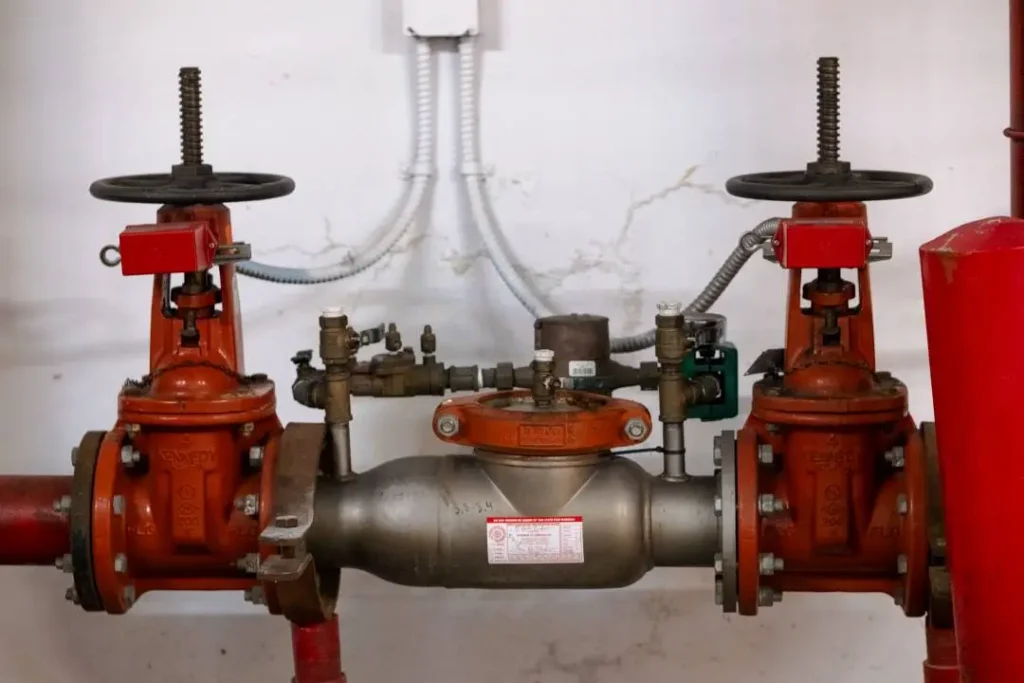

Benefits of Installing Fire Sprinklers
Investing in a fire sprinkler system offers numerous advantages:
- Enhanced Safety: Sprinklers provide an automatic response to fire, significantly reducing the risk of injury or loss of life. They also give occupants more time to escape.
- Property Protection: By controlling and extinguishing fires early, sprinklers minimize property damage, potentially saving thousands of dollars in repairs and replacements.
- Lower Insurance Premiums: Many insurance companies offer discounts for properties equipped with fire sprinkler systems.. Why? Its because recognizing the reduced risk and potential for fewer claims.
- Compliance with Regulations: Installing fire sprinklers ensures that your building meets local fire safety codes and regulations, helping you avoid fines and legal issues.
- Peace of Mind: Knowing that your property is equipped with an effective fire suppression system provides peace of mind for you and your tenants or employees.
Maintenance and Inspection
Regular maintenance and inspection are vital to ensure your fire sprinklers remains operational. Key practices include:
- Annual Inspections: Have a certified professional inspect the system annually to check for any potential issues.
- Monthly Tests: Perform monthly tests to ensure that all components are functioning correctly.
- Prompt Repairs: Address any leaks, clogs, or damages immediately to prevent system failures.
Fire Sprinklers FAQ
Is your own Fire Sprinkler up to the task?
A fire sprinkler system is a crucial investment in safeguarding your property and ensuring the safety of its occupants. With various types available to suit different needs, understanding how they work and the benefits they offer can help you make an informed decision. Regular maintenance and adherence to safety regulations will ensure that your fire sprinkler systems perform effectively when needed.
Contact a professional fire safety consultant today. Protect your property, safeguard lives, and enjoy the peace of mind that comes with knowing you’re prepared for the unexpected.
